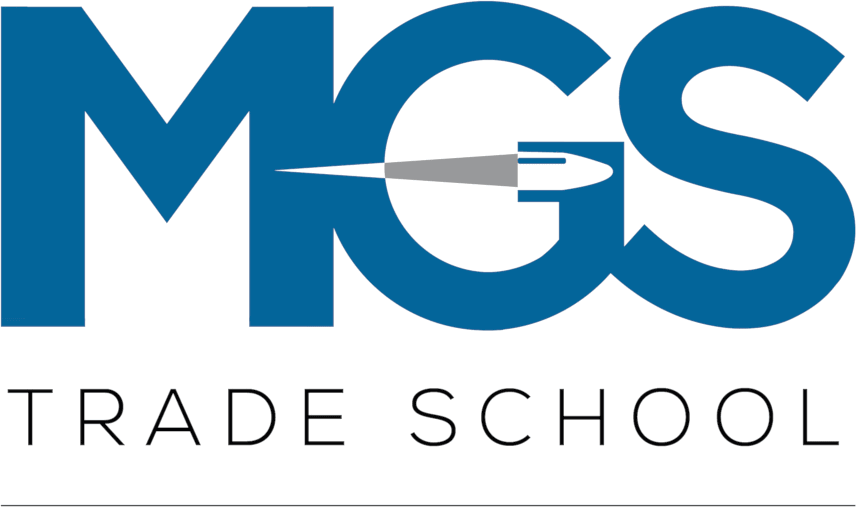Shooting for Accuracy in Gunsmithing
This month I am going to talk about shooting accuracy and how you, as a gunsmith, can help your customers. Being a gunsmith will open the door to many questions from customers and since you are considered the expert on all firearm related items, expect a wide variety of questions. The question of accuracy and how to make a firearm better will always be asked. As a gunsmith, you need to have the correct tools in your toolbox to help your customers achieve the accuracy they want.
There are many ways to improve firearm accuracy. I will break down some modifications that can be done to firearms that don’t require a complete rebuild. We can discuss later about reloading for accuracy, major firearm modifications, and shooter development.
Handgun Modifications
There are many ways to improve the accuracy of handguns. Many of these changes won’t break the bank either. One of the best modifications you can do is replace the factory trigger as well as the hammer springs. There are many companies out there that provide spring kits to reduce trigger pull weights and hammer or striker weights.
Reducing the pull weights of triggers on handguns can help keep the shooter on target. Heavy trigger pulls can cause the handgun to shoot to the right or left depending on what hand the shooter is using. Heavy trigger pulls can also cause the shooter to shoot low because they expect the gun to fire. The longer you hold the firearm on target, the less chance a person has of hitting the bullseye.
Additionally, revolvers and hammer style semi-automatic handguns can be improved by smoothing the internal parts. Carefully inspect parts and remove small burrs, tooling marks, as well as sharpen the contact points. This will make the trigger pull crisper. Just like the spring change I mentioned above, this operation will reduce the amount of time you are holding that handgun on target. The best tool to accomplish his is by using fine Arkansas stones. The stones will remove the rough edges of the internal parts but won’t take off too much material at one time.
Take your time doing this type of work and do your research on the firearm you are working on. You don’t want to take away too much material that makes the firearm unsafe or inoperable. For the newer striker fired handguns, complete trigger kits are available. These kits can be installed quickly and can reduce the trigger pull weight by 50%. A quick Google search and you can find dozens of places to purchase items to meet the needs of your customer.
There are other areas where you can improve handguns accuracy and are less invasive and time consuming. Installing new highly visible sights and scopes have been popular modification to use for years. Slightly newer options are red dots and lasers. Depending on the handgun, some red dots can be installed using the dovetail cuts already on the firearm. Other red dots require the slides to be milled, drilled, and tapped.
Do your homework when helping your customer pick the right red dot for the type of shooting they are doing. There are many other modifications you can make to handguns to assist the shooter hit where they aim. Competition shooters like cowboy action and defensive shooters in the IDPA require other styles of modification. Listen to your customers and do research to meet their needs.
Rifle Modifications
Improving rifle accuracy can encompass multiple areas of the firearm. Rifles are longer and have many areas that can affect their accuracy. Some simple modifications take little time, and they will make you look like a world class gunsmith in the eyes of your customers.
Installing a new trigger that has the ability to be adjusted in pull weight and trigger travel is one of the best modifications you can make on a customer’s rifle. Changing the trigger to a lower pull weight accomplishes the same as handguns that I mentioned earlier. The less time holding the rifle on target, the better.
The longer you wait the more chances you have to miss what you are aiming at. The shooter can get fatigued, breathe too heavily, and/or get blurry vision just trying to stay on target. Most rifles these days have replaceable triggers. If you happen to get a rifle that doesn’t have an aftermarket trigger system you will need to do some polishing and fitting like handguns.
Another modification that can be made is bedding the action in the stock. In the past it was called glass bedding. Glass bedding is a process to hold the action of a rifle in a stock. Using fiberglass, you use the action as a mold. When complete, the process will hold the barreled action in the stock, and the barrel will “free float” or not touch the barrel. Wood and plastic stocks can expand and contract depending on the ambient temperature and humidity level. Barrels and actions can move when exposed to Mother Nature.
Another way to free float the barrel is by pillar bedding. This modification is like glass bedding. The stock is modified where the action bolts go through the stock. Aluminum pillars are installed by drilling out the action holes of the stock and epoxied in place. The pillars are fractions of an inch longer than the holes they are placed in. With the pillars just a little longer the action will sit on the aluminum pillars only.
This method is more popular these days than glass bedding. It is easier and takes less time to complete. Another plus to this method is that it is easier to clean up afterwards.

Made from billet aluminum, chassis systems are designed to hold the action tightly and free-float the barrel. Aluminum isn’t affected by Mother Nature as much as wood and aluminum. Aluminum is strong and can be subjected to the rigors of competitive shooting. Chassis stocks are designed to accept firearm accessories like bi-pods, and other items to assist the shooter in competition.
There are many more upgrades for rifles I haven’t touched on. And some are more difficult than others. Modifications like changing barrels, adding weight to the stock so the target can be acquired faster after the first shot. Muzzle brakes allow the shooter to reduce recoil and stay on target. Optics and the type of reticle plays a key role in target acquisition. Reloading is a whole other science that greatly affects accuracy.
Knowing what your customer wants will help you decide what modifications need to happen. Your job is to help your customers to shoot where they aim. A great resource I recommend purchasing a book titled Shoot Where You Aim: The Gunsmiths Secrets to Accurizing Any Firearm. This book is packed full of processes and step-by-step instructions to help you. Also check out MGS Trade School’s programs to give you a solid foundation.
As always, be safe.
Semper Fi!
Written by: David Johnson, Leatherneck Gunsmithing



